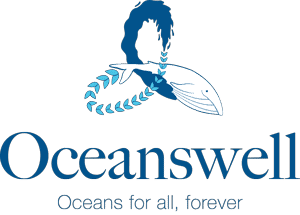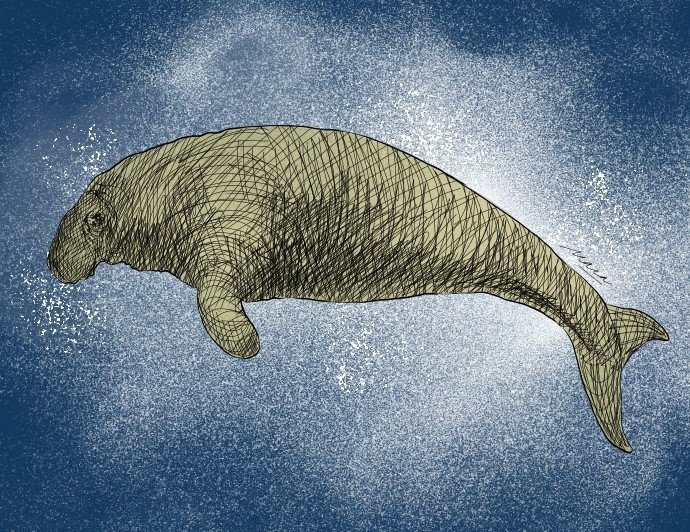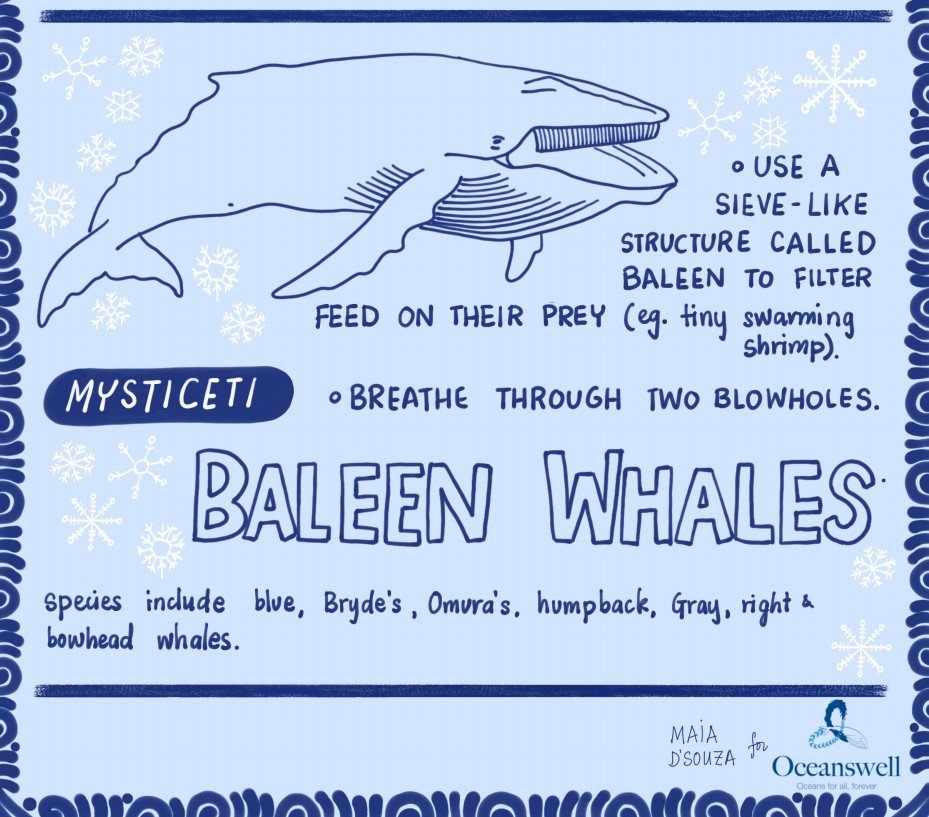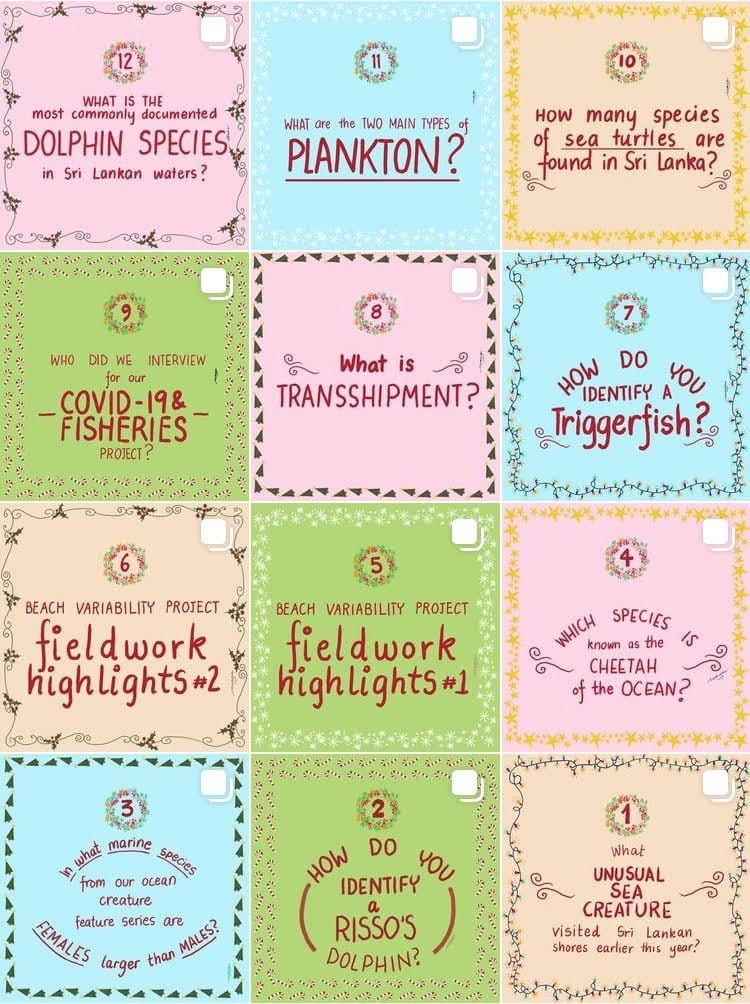Written by Maia D’Souza
Hello! My name is Maia, and I am both a scientist and an artist. These may seem like two opposing worlds, but what fascinates me is how often they overlap. Science communication, in particular, is an extremely exciting sphere that allows me to combine both. It involves informing, educating and conveying the wonders of science to the general public. By combining facts with storytelling, science communication conveys both the triumphs and challenges in the journey of scientific endeavour to a broader audience.
While science is wonderful and influences all aspects of our everyday lives, its findings are often concealed behind jargon. The aim of science communication is therefore, to ensure that the information learnt through science is shared beyond the closed confines of those trained in the field.
Making space for people to engage with science helps everyone: science and society. The big challenges of our time, ranging from public health crises such as COVID-19 to the looming dilemma of climate change and biodiversity extinction, all call for solutions beyond the laboratory or seminar hall. Whether it is educating families about staying safe during the pandemic and the importance of vaccines, or influencing governments to move away from fossil fuel investment, individuals can indeed effect change.This makes it the duty of science to include everyone, and science communication is instrumental for achieving this. A better understanding of how science is conducted, and how scientific funding is used, provides a sense of ownership over science, arming everyone with the knowledge to be stewards for a better world.
An example of this from my own work is this detail below from ‘Shipwrecks, Scurvy and Knife Handle DNA: The Story of Steller’s Sea Cow’. This project demonstrates the combination of facts and storytelling, where I synthesised scientific literature with colourful illustrations and an engaging narrative. Through this piece, I wanted to convey the historical story of human greed in a marine mammal extinction- and then offer perspective on the amazing studies in genetics that are allowing us to decode these histories and understand our planet better.
Science communication can also help us develop a better understanding of our surroundings. Below is a detail of a poster I had the privilege of designing for Oceanswell, describing the differences between toothed and baleen whales. Acting as a quick guide for identification, this downloadable was a present for our audience for Christmas 2020! This poster doubled as a colouring sheet making for a very fun learning activity for kids (and adults!).
The methods of communication can vary, but there are important things that anyone interested in creating should keep in mind. Firstly, know who your audience is, and speak to them! Secondly, avoid jargon, use analogies and strive to be relatable, engaging and curious. This is summed up well by the Union of Concerned Scientists in their tips for science communication: ‘tell a story with your science’.
With the spread of technology, the gap between storyteller and audience is only a button click away. Social media provides scientists with a unique platform and an unprecedented opportunity to engage with the public. A great example of this combination of science, art and social media is Oceanswell’s recently concluded advent calendar (sneak peek below!). I had the opportunity to create this work and it was published across our social media platforms. We used the concept of an advent calendar and themes from the festive season to deliver daily marine science facts. They were accompanied by colourful illustrations and detailed captions for our audience to learn more. This was a great way for the team to reflect on the year that had passed, as well as educate and inform our audience about the important science and conservation work we do at Oceanswell. Recap our Oceanswell advent calendar through our social media: Instagram, Facebook, LinkedIn and Twitter
Through my own science communication work, I explore how different artistic mediums, especially visual art, (which can be viewed easily on diverse platforms) can be utilised to tell better science stories. On a more personal note, this allows me to combine my two interests- science and art- and exercise different parts of my brain! My ultimate goal is to create science-art that tells universal, accessible stories and encourages viewers to ask questions.This process is one of learning and experimentation for me, and I am excited to try new mediums and methods of storytelling.
Personally, science communication is an incredible opportunity and responsibility. The science that we see on the news: numbers, graphs and trend-lines can be isolating, or in cases like climate change, often downright depressing. It is still, however, vitally important for us to engage with all this information that science provides us. Academia can deeply benefit from a closer relationship with society, and getting our work to a wider audience adds value through on-the-ground impact. Everyone benefits from knowledge: to make informed decisions, to see wonder in our world, and to participate in imagining what the future can be.



